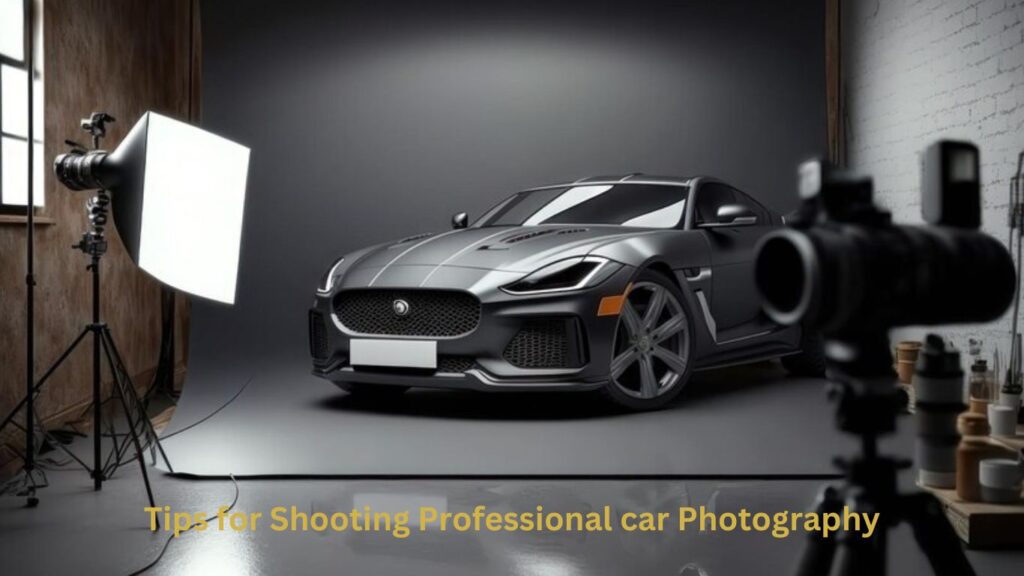Want to take your car photography skills to the next level? Discover expert tips and techniques for shooting professional car photos in this guide. This tips for automotive and car photography to help you get the best results. Here are essential tips to elevate your car photography to a professional level.
10 Tips for shooting professionalcar photography
Choose the Right Location:
Choosing the right location is key to achieving car shots. Selecting the right location is important for car photography. Urban settings with modern architecture or even an open racetrack can provide dynamic backdrops. Ensure the location doesn’t distract from the main subject – the car. Consider the time of day for optimal lighting conditions.
Right Equipment:
High-quality equipment is essential for professional car photography. A digital single-lens reflex (DSLR) or a mirrorless camera with a high-resolution sensor is recommended. Pair it with a variety of lenses, including a wide-angle lens for all the entire car. A telephoto lens for detailed shots.
Lighting Techniques:
professional car photography is very important in Mastering lighting. The golden hours, just after sunrise and before sunset, provide soft, warm light that enhances the car’s contours and colors. Diffusers and reflectors can help control and enhance the lighting conditions.
Perfecting Angle:
Composition plays a pivotal role in creating visually appealing car photographs. Experiment with different angles to find the most flattering perspectives. Consider shooting from eye level to showcase the car’s natural lines. Utilize leading lines and the rule of thirds to create a balanced and engaging composition.
Depth of field:
Showcasing the intricate details of a car is essential for professional car photography. close-up shots of unique features such as headlights, grilles, and logos. These details not only highlight the craftsmanship of the automobile but also add depth and interest to your portfolio.
Reflections and Glare:
Reflections and glare can be challenging when photographing glossy or reflective surfaces. Use polarizing filters to minimize reflections and enhance color saturation. Be strategic in your positioning to minimize unwanted reflections, and if shooting indoors, control the ambient light to reduce glare on the car’s surface.
Depth of Field:
Experimenting with depth of field allows you to control focus and draw attention to specific areas of the car. A shallow depth of field achieved with a wide aperture can create a pleasing background blur, highlighting the main subject.
Motion:
Adding a sense of motion to your car photography can inject excitement. Techniques such as panning—tracking the moving car while keeping it in focus—can convey a sense of speed. Experiment with slower shutter speeds to capture motion blur while maintaining the car’s clarity.
Processing Techniques:
Post-processing is a crucial step in refining your car photographs. Use editing software to fine-tune exposure, color balance, and contrast. Correct any imperfections and ensure the final image aligns with your creative vision. However, exercise restraint to avoid over-processing, as subtlety often yields the most polished results.
Building a Strong Portfolio:
Assemble a diverse portfolio that showcases your range and style as a car photographer. Include images of various car models, settings, and lighting conditions. A well-curated portfolio is essential for attracting clients and establishing your reputation in the competitive field of automotive photography.
